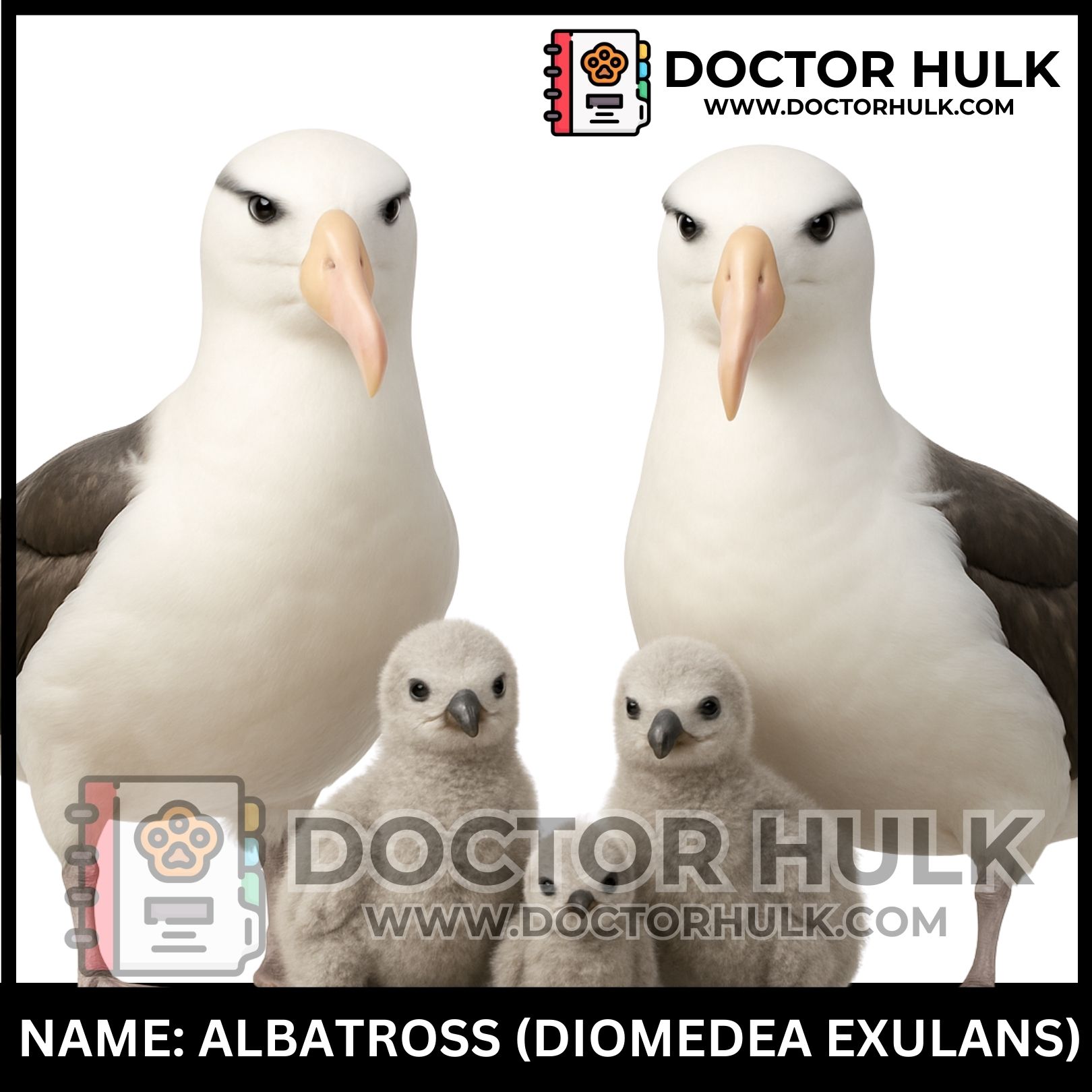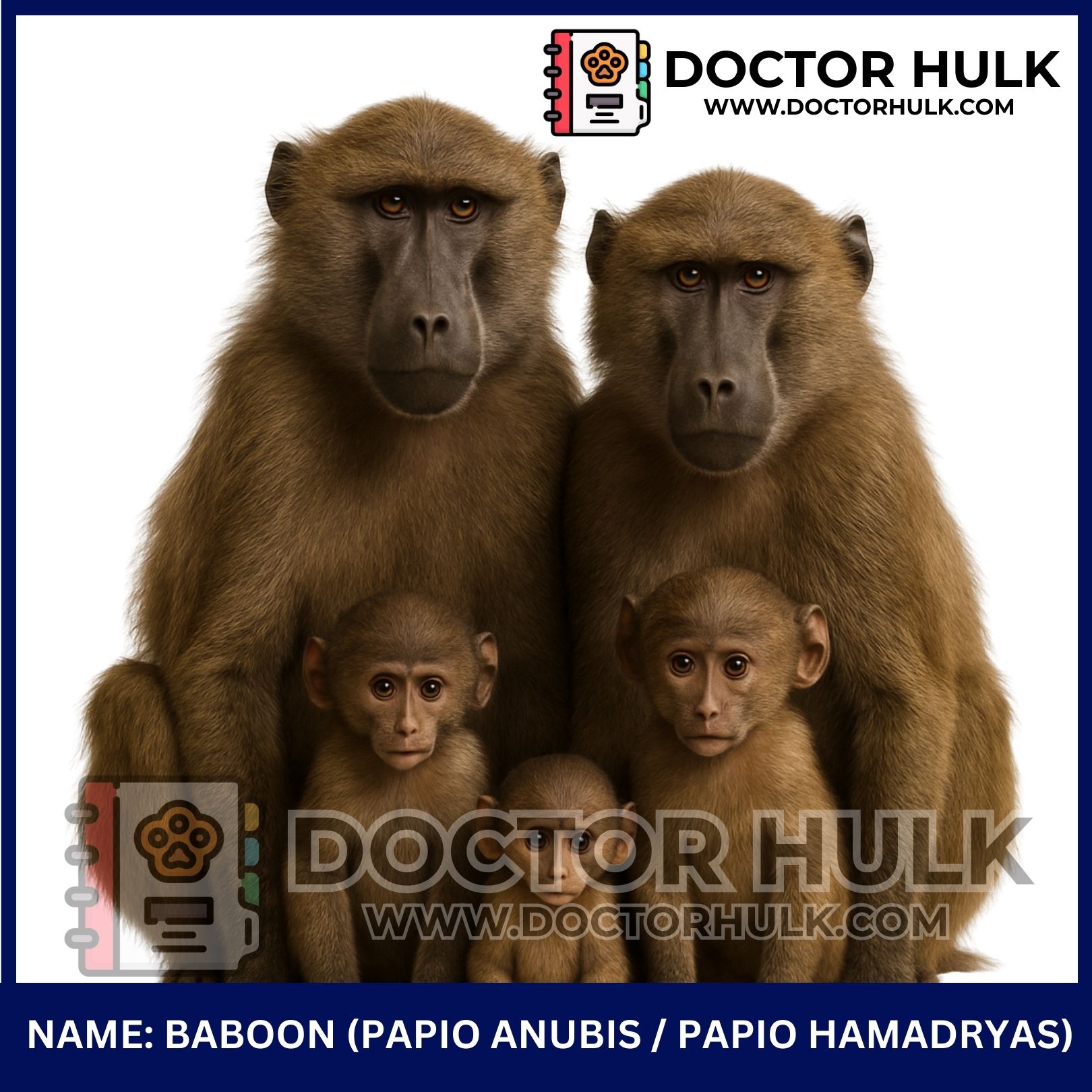Good nutrition is the cornerstone of your pet’s health and well-being. Just as humans thrive on balanced diets tailored to their specific needs, pets require thoughtful, tailored nutrition to support their unique physical, emotional, and developmental needs. But with so many food options on the market, how do you know what’s best for your furry friend?
This guide will help you understand the basics of pet nutrition, identify key components of a healthy diet, and make informed choices that promote lifelong wellness for your pet.
Why Pet Nutrition Matters
Your pet’s diet affects every aspect of their life, from their energy levels to their ability to fight disease. Proper nutrition ensures:
- Optimal Growth and Development: Essential nutrients support bone development, muscle growth, and overall vitality.
- Disease Prevention: A balanced diet strengthens the immune system and reduces the risk of chronic conditions.
- Healthy Weight Management: Proper nutrition helps prevent obesity, which is linked to joint problems, diabetes, and other health issues.
- Improved Quality of Life: Pets on a healthy diet are typically more active, alert, and content.
Understanding the Basics of Pet Nutrition
Every pet’s nutritional needs vary based on factors like species, breed, age, size, and activity level. However, all pets require the following essential nutrients:
- Proteins: Build and repair tissues, support growth, and maintain a healthy coat.
- Fats: Provide energy and essential fatty acids for skin health and cell function.
- Carbohydrates: Offer a source of energy and support digestive health.
- Vitamins: Aid in metabolic processes and strengthen the immune system.
- Minerals: Support bone health, nerve function, and overall bodily functions.
- Water: Vital for hydration, temperature regulation, and digestion.
Choosing the Right Diet for Your Pet
1. Consider Life Stage and Breed
- Puppies and Kittens: Require nutrient-dense food for rapid growth. Look for diets labeled for “growth” or “all life stages.”
- Adult Pets: Need a maintenance diet with balanced nutrients to sustain their energy and health.
- Senior Pets: May benefit from diets lower in calories and higher in fiber, with added joint-supporting nutrients.
2. Read Labels Carefully
Look for pet food that meets the National Agency for Food and Drug Administration and Control (NAFDAC) standards. Pay attention to:
- Ingredient List: High-quality proteins (like chicken or salmon) should be listed first. Avoid foods with excessive fillers or artificial additives.
- Guaranteed Analysis: Ensures the food contains the necessary levels of protein, fat, fiber, and moisture.
3. Choose Between Commercial vs. Homemade Diets
- Commercial Diets: High-quality kibble or canned food is convenient and formulated to meet pets’ nutritional needs.
- Homemade Diets: If prepared correctly under the guidance of a veterinarian or pet nutritionist, these diets can be beneficial but require precise nutrient balancing.
4. Special Dietary Needs
Some pets have specific dietary requirements:
- Allergies or Sensitivities: Opt for hypoallergenic or limited-ingredient diets.
- Medical Conditions: Pets with conditions like diabetes, kidney disease, or obesity may need prescription diets.
Common Mistakes to Avoid
- Overfeeding: Leads to obesity, which is a significant health risk. Follow portion guidelines on the food label or as recommended by your veterinarian.
- Inconsistent Feeding Schedules: Stick to regular feeding times to support healthy digestion and behavior.
- Offering Table Scraps: Many human foods are unsafe for pets and can lead to digestive upset or toxicity.
- Ignoring Water Intake: Ensure your pet always has access to fresh, clean water.
How to Transition to a New Diet
Switching foods abruptly can cause digestive issues. Transition gradually over 7–10 days:
- Days 1–3: Mix 25% new food with 75% old food.
- Days 4–6: Increase to 50% new food and 50% old food.
- Days 7–9: Use 75% new food and 25% old food.
- Day 10: Fully transition to the new diet.
When to Consult Your Veterinarian
Your veterinarian is your best resource for tailoring your pet’s nutrition to their specific needs. Schedule a visit if you notice:
- Weight gain or loss
- Changes in appetite or energy levels
- Digestive issues like vomiting or diarrhea
- Coat or skin problems
A Commitment to Your Pet’s Health
Choosing the right diet for your pet is an investment in their lifelong health and happiness. By understanding their nutritional needs and making informed choices, you can help them thrive at every stage of life.
For personalized guidance, talk to your us today—because your furry friend deserves nothing less than the best. To reach out to Doctor Hulk and his team for more additional information or other animal care concerns, you can click here.








